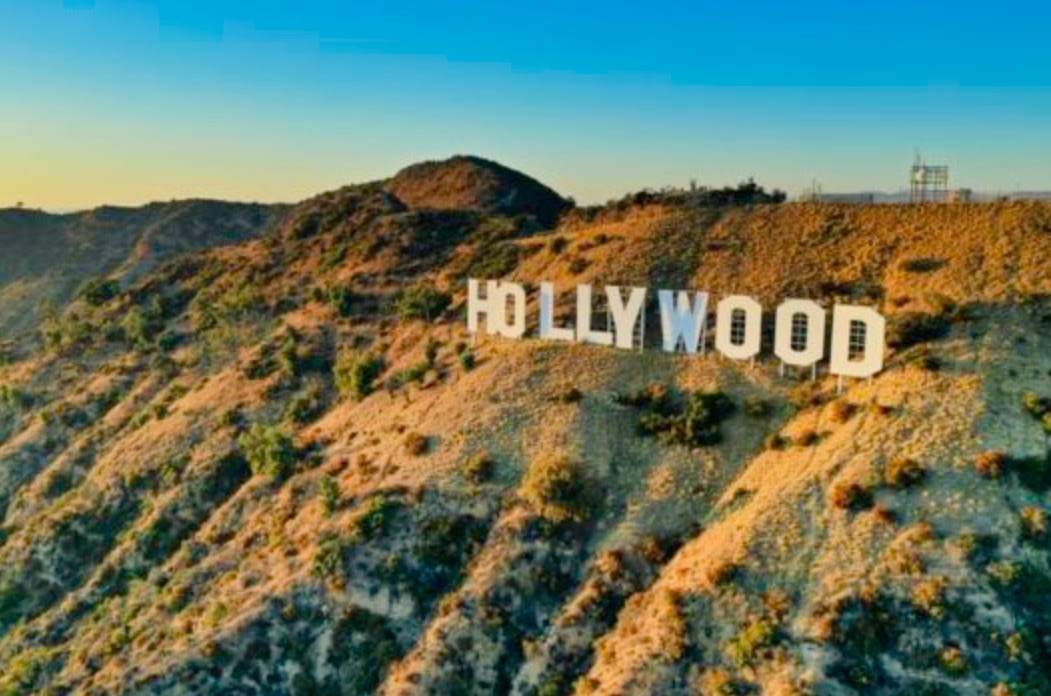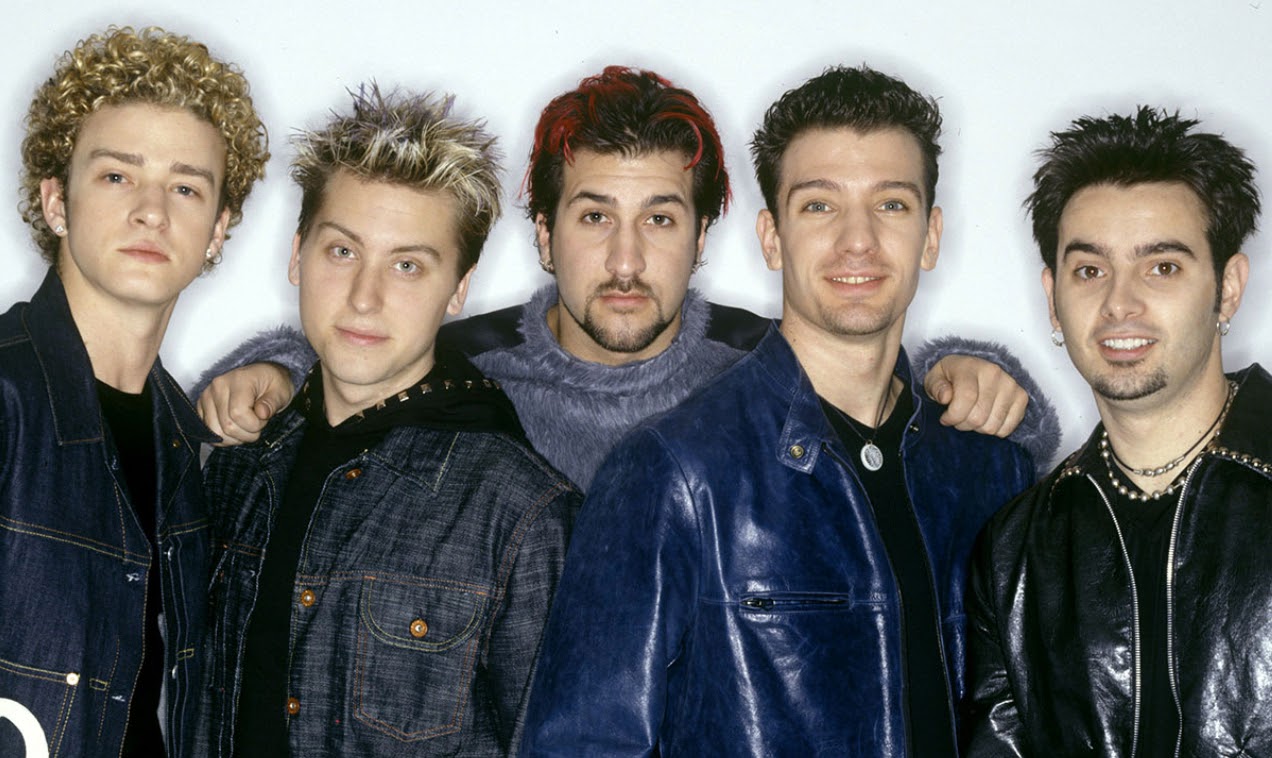7 of the World’s Most Outrageous Cons
Most people have heard of Bernie Madoff and Charles Ponzi, but some of the biggest con artists can still stun us with their audacity. SPYSCAPE unveils some of the more outrageous cons. And for you today? We have a special price …
As festival disasters go, Fyre Festival is in a tier of its own. Organizers promised VIP treatment with private jets, yachts, helicopter tours of the Bahamas and catering by a celebrity chef. Instead, festival-goers were dropped at a site described by one as a ‘sewage plant’. The luxury villas and lodges were actually tents with wet beds left out in a storm. The catering involved a cheese slice on white bread in a styrofoam box. In all, party-goers and festival staff were swindled out of $27.4m by organizer William Z. McFarland, now serving six years in prison. He also faces a $25m fine and a class-action suit for $100m more.

The Con Queen of Hollywood ‘gave good phone’, as they say in Los Angeles. For at least seven years he/she pretended to be female studio executives such as Lucasfilm president Kathleen Kennedy and former Sony Pictures chair Amy Pascal, according to Vanity Fair. As part of the scam, the Con Queen ‘hired’ Hollywood film staff - actors, stunt doubles, makeup artists and others trying to break into the business - then asked them to pay their own way to a ‘movie set’ in Indonesia. When they landed, the marks were asked to pay license fees, photo permits and drivers - but there was no film. The Con Queen is believed to have had at least two accomplices in Jakarta to collect the cash.

Strange things happen in Hollywood, city of dreams, but Steven Kunes’ story still stands out. He wrote scripts for The Love Boat television show but that wasn’t enough. Kunes tried selling a J.D. Salinger interview to People magazine, but The Catcher in the Rye author sued saying they’d never met. Kunes then claimed to have written parts of Dustin Hoffman’s Rainman and conned journalists into writing about his non-existent Netflix series. He’s been jailed off and on for grand theft and forgery and, while serving time at home, cut off his electronic ankle bracelet and sent it to the Sheriff's office by FedEx. One of his Facebook photos, set in Starbucks, helped police track him down.

Marc Stuart Dreier had all the toys a successful New York lawyer could want - an $18m yacht named Seascape, a waterfront home in the Hamptons, a Mercedes 500 and swish offices decorated with expensive art on Park Avenue. The problem was that by 2007 the law firm Dreier set up was losing about $1m every month despite high-profile clients like actress Hilary Duff. Did Dreier sell Seascape? No, he sold fake company bonds to hedge fund managers. He hoped to pay them back with future earnings but his plan fell apart. Like many Ponzi operators, Dreier faced his day of reckoning. The Park Avenue lawyer got 20 years in prison. His investors lost $400m.

Con artists have been around for centuries, of course, but few have matched smooth talker George Parker. The Irish New Yorker specialized in selling landmarks to foreigners in the 1800s. He ‘sold’ the Statue of Liberty, Grant’s Tomb and the Metropolitan Museum of Art, but the Brooklyn Bridge was his favorite con. Parker would hang around Ellis Island, where many immigrant boats arrived, ingratiating himself with foreigners. Eventually, he’d invite his new friends around to his 'office' for a sales pitch, dazzle them with official-looking forged documents and convince them that they could control access to the Brooklyn Bridge. Several of his marks were stopped by police while trying to install toll booths. By that point, Parker and his ‘office’ had disappeared.

Parker inspired many copycats including ‘Count’ Victor Lustig - who 'sold' the Eiffel Tower in Paris twice - and India’s Mithilesh Kumar Srivastava (aka Natwarlal). Not only did Natwarlal repeatedly ‘sell’ the Taj Mahal and the Red Fort, he even peddled the Parliament House of India. Natwarlal escaped from prison 10 times, boasting that no jail could hold him as long as there was a dishonest guard.

Remember boy bands like Justin Timberlake’s NSYNC and The Backstreet Boys? They were both created by impresario Louis Jay Pearlman, an American record producer. The boys initially received only a small amount of the profits ($10,000 each in the case of NSYNC.) Pearlman still thought he wasn’t making enough money, however. He founded Trans Continental Airlines, which existed in name only, to scam investors. He tried fleeing to Bali but in 2006, Pearlman was accused of running one of the longest-running Ponzi schemes in US history. His investors had lost $300m and he pled guilty to money laundering, getting a 25-year prison sentence.
"The brand new social experience where you activate your gaming skills as you train like a spy."
- TimeOut
Take on thrilling, high-energy espionage challenges across different game zones.

SPYSCAPE+

Join now to get True Spies episodes early and ad-free every week, plus subscriber-only Debriefs and Q&As to bring you closer to your favorite spies and stories from the show. You’ll also get our exclusive series The Razumov Files and The Great James Bond Car Robbery!


Gadgets & Gifts
Explore a world of secrets together. Navigate through interactive exhibits and missions to discover your spy roles.
Your Spy Skills
We all have valuable spy skills - your mission is to discover yours. See if you have what it takes to be a secret agent, with our authentic spy skills evaluation* developed by a former Head of Training at British Intelligence. It's FREE so share & compare with friends now!
* Find more information about the scientific methods behind the evaluation here.


Stay Connected
Follow us for the latest
TIKTOK
INSTAGRAM
X
FACEBOOK
YOUTUBE